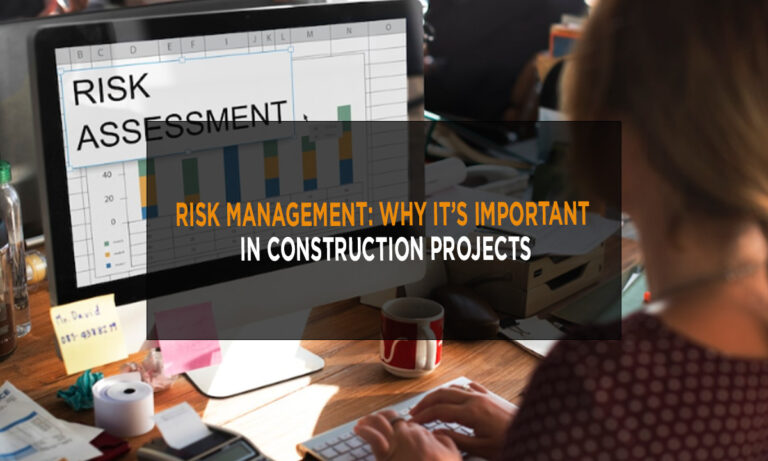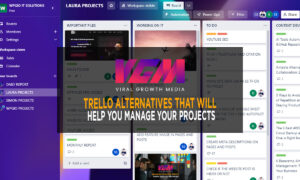Each building project is distinct and has its own set of dangers. Successfully managing those risks is the key to a project’s success. Risk management is known as detecting, evaluating, and controlling risk variables. Doing this may reduce the likelihood of a problem occurring and ensure your project stays on schedule. We’ll talk about the value of risk management in construction projects in this blog post, along with some actions you can do to incorporate it into your workflow.
For a variety of reasons, risk management is crucial in building projects. It first enables you to recognize possible issues before they arise and take preventative measures. It also aids in resource allocation by letting you know which parts of the project are most vulnerable. Thirdly, it offers a clear structure for handling any unforeseen issues that do come up. Fourth, it can assist all stakeholders involved in the project in communicating better.
You may incorporate risk management into your construction projects by following a few crucial procedures. Making a risk register is the first step. All potential hazards connected to your project should be listed in this document, together with information about their likelihood and consequences. A risk management plan should be made once you have produced a risk registry. This paper will include your plans for addressing each risk on your list. Implementing your risk management strategy and keeping an eye on the results is the last phase. You may successfully manage the risks related to your construction projects and ensure they are successful by following these procedures.
Effective risk management is crucial for building projects. You can prevent possible issues and maintain the progress of your project by taking the time to identify and evaluate risks. Implementing a risk management plan is the best method to ensure all risks are considered and that your project is successful from start to finish.
Although there is some risk involved in any construction project, it is the project manager’s responsibility to minimize that risk and keep an eye on it. Communicating with the parties engaged in the design process is one approach to making this achievable. Sadly, during the Thanksgiving holiday, those who needed to approve a critical design were out of town, delaying achieving one of our goals. When the project manager asks his staff to put in extra hours to make up for lost time two weeks after the failed milestone, his customer is less than pleased. This behavior displays an incapacity to manage risk, which could negatively affect the product and the firm’s reputation.
We’ll examine what risks are, how they differ from problems, and why risk management is crucial in a construction project to understand better any errors this project manager may have made.
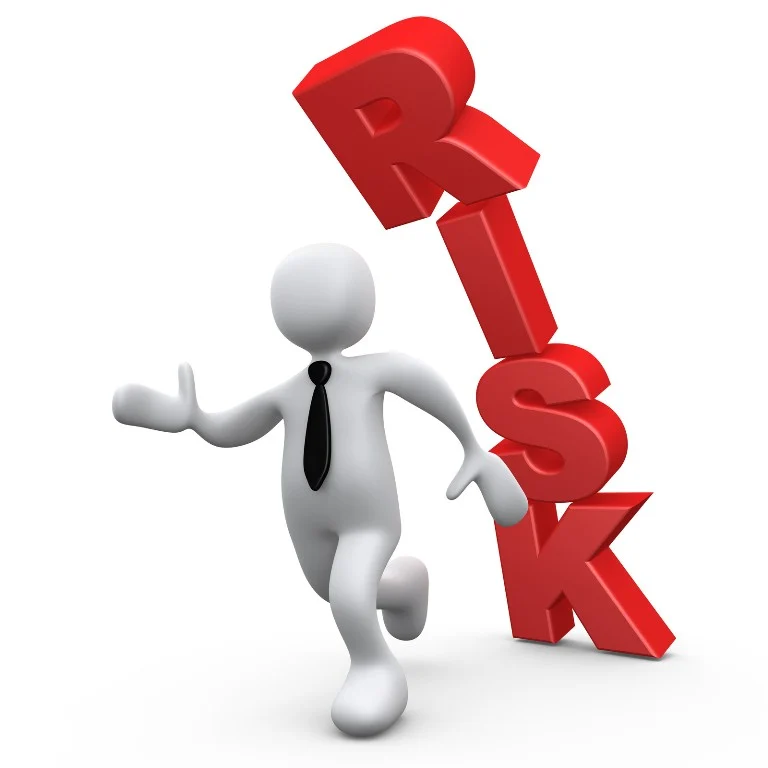
What is a risk?
Risks are potential outcomes of future events. They could have a favorable or unfavorable impact on the project. Adverse risks are possible outcomes, such as scheduling a significant event during a time of year when some people may not be available. We wouldn’t be able to secure everyone’s permission, which would impact the project. Positive risks are potential outcomes that would be advantageous for the project if they occurred, such as the chance to save money or time.
A project manager may make a large buy to obtain products at a significant discount if he examines the volume of procurement for three existing projects and determines that it is excessive.
Project management is critical, and that’s where Jarvis comes in. He determines how much profit he can generate through various discounts or additional backlogs to compare his performance to the established goals. He can benefit from a favorable position by taking advantage of a positive risk opportunity. In an ongoing project, another manager tests the fire suppression system, but she has the pressure settings set incorrectly. Water bulbs burst due to improper pressure, harming the carpet and furnishings. Nobody expected this to happen, but it is now necessary to act.

Why is risk management critical in construction projects?
Risk management is crucial for several reasons. It contributes to project success by maximizing opportunities and reducing the effects of threats. However, risk management goes further than that. If a risk is present during a project, it may also impact elsewhere, such as postponing the timeline or delaying the deployment of resources. As a result, there can be last-minute alterations or unhappy clients who receive the finished product. Some risk mitigation techniques, particularly those that interface with costs and procurement, require considerable planning.
Consider a sizable commercial development in a location where the infrastructure for the central power supply is still being built. The State Government oversees the work, and they expect to require numerous approvals and run underground wires alongside a busy roadway. This is one of the significant risks that the project manager believes could influence the opening date of the building. He recommends the client keep some cash on hand if they need to rent generators if the electricity infrastructure is delayed due to anticipated delays.
Projects may be in danger if such hazards are not accounted for in advance due to a lack of funding. A typical illustration of risk’s close relationship to procurement is the insurance provider included in the contract when buying goods and services to cover losses or damages sustained during shipment.
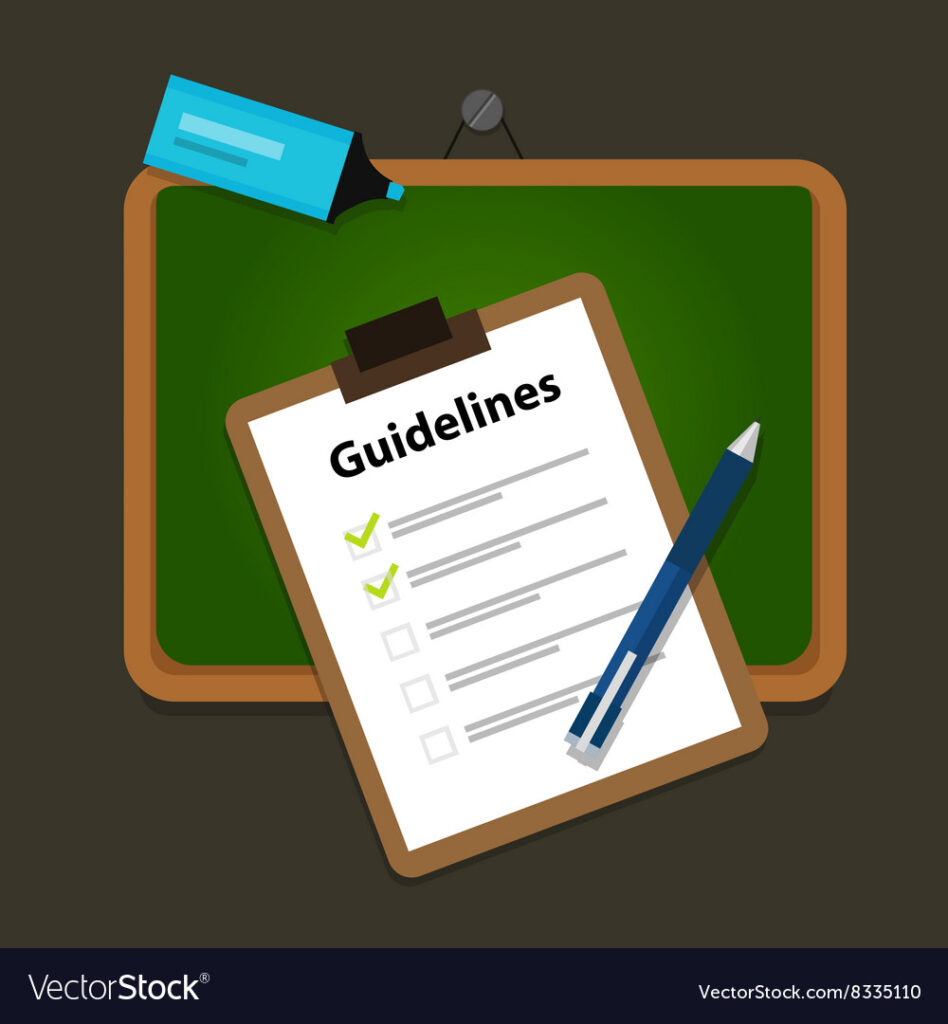
Risk management guidelines
The first stage in risk management is recognizing it as soon as possible, giving the entire team plenty of time to prepare for potential issues. Identifying risks requires cooperation. The project team and stakeholders participate since everyone has a different perspective on risk, and the project manager may provide leadership in this regard. Software for risk management could help with this.
The team enters risks into a risk register after they have been identified. Many construction project management software systems will incorporate a risk register as part of their program to provide the team with one convenient spot for this information. The process of identifying risks does not end here, though. The risk registry should be reviewed regularly to help reduce high-priority issues and stay informed of any potential new risks.
On large projects, the risk register may have a lot of risks. Prioritizing risks is aided by qualitative analysis, notably by multiplying the likelihood of the risk by its consequence. The most important ones can be displayed using heat maps. When dealing with the many potential outcomes that result from a risk occurrence, teams may employ quantitative analysis methodologies, which use computer simulation models to predict a result for some input conditions.
The project manager closely monitors plans for risk mitigation. Depending on when a risk might materialize, the project manager can begin a response, enabling risk management actions to be shared with all the stakeholders impacted by the threat.
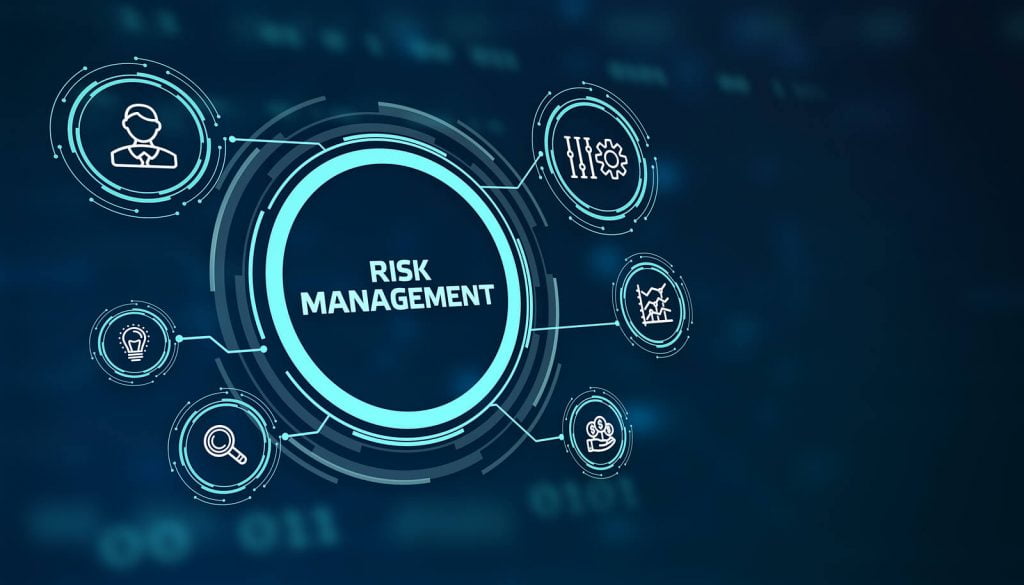
Early identification and ongoing attention lead to maximum risk management.
If it is possible to foresee risk, construction projects may obtain excellent results through early risk planning, identification, response execution, and constant monitoring. Construction project managers may successfully manage projects by integrating risk management into all areas of project management.
How should a risk management plan be constructed?
It’s crucial to realize that a risk management strategy has to be easy enough for everyone to implement. The steps in creating a construction risk management and fire prevention plan include the ones listed below:
-Risk assessment
- You must first determine any potential dangers to secure your company. After then, spend time carefully assessing those risks to ensure you haven’t missed anything.
-Strategy development
- You must adopt a risk management plan to manage risk appropriately. OSHA offers a wealth of information that can help you create one.
-Implementation
- Once you’ve decided how to proceed, discuss your strategy with your staff. The success of your risk management strategy depends on your ability to provide a safe work environment, give your personnel the required training and resources, and develop a safety-focused culture.
-Evaluation
- Review your construction risk management plan frequently and update it as needed. Make careful to mention all potential risks and the most recent safety recommendations.
-Assign responsibility and authority
- Ensure that responsibility for site fire safety is allocated and stated before the project starts. All contractors and subcontractors should know this duty and authority assignment and the steps to take when confronted with risks associated with impending danger.
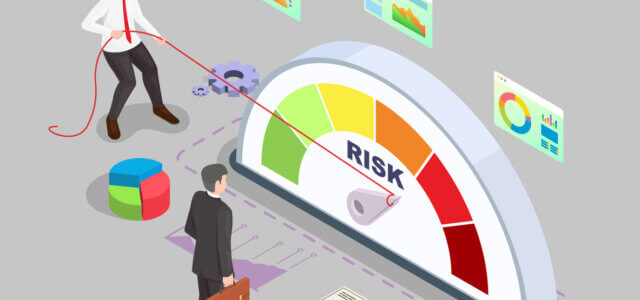
What is a positive risk?
Positive risks, also called opportunity risks, are issues or situations that could be advantageous for a business or project. These options may enable a company to save money on project resources. Positive risk is dangerous and may not occur. Still, if it does, it could impact a company’s ability to fulfill essential business goals, increase profit margins, establish a position in the market, or improve competitive advantage.
Positive risks, as opposed to negative ones, can aid a corporation in improving and collaborating to accomplish corporate objectives. They might even motivate executives to make financial decisions that benefit the business while assisting staff members in achieving their career objectives.
Importance of positive risks
Positive risk-taking is crucial for businesses because it can save expenses and help them direct earnings more effectively. Positive risks during the manufacturing or production processes can benefit a company by increasing team productivity and providing opportunities for process or product enhancements. Furthermore, these concerns are crucial for organizations to advance and find creative solutions to problems, just as they help individuals devise new ways to overcome hurdles in their fields. Adopting operational challenges can also assist your business in gaining a competitive edge in the marketplace.

Examples of positive risks in business
You may come up with more ideas for how your company might identify and take advantage of favorable opportunities throughout projects, tasks, and other crucial business operations by using the examples below:
-Positive risk in project management:
Every business sets aside cash to pay for particular initiatives or services. But as these projects advance, modifications could be needed to stay within the allocated budget. For instance, if a project’s financial estimates are met, it might be because the manager miscalculated the cost; however, doing so has its dangers, like running out of money. However, in this instance, it’s a successful outcome that provides the business with extra cash to reinvest elsewhere and support its expansion.
-Positive risk in supply chain management:
You might be able to cut costs on materials and supplies by implementing a risk management plan that produces favorable results in supply chain management. For instance, dealing with suppliers who have reduced supply prices can cause a materials provider to assume a good risk. Aside from building confidence and a solid collaboration, the benefits of working with new vendors could include shipping costs, delivery dates, or additional contract requirements connected to the new vendor arrangement.
-Positive risk in finance:
Financial risks can also be advantageous, such as when professionals plan and keep an eye on a company’s resources and investments for future projects. One illustration is a construction company investing in real estate. Building architects and engineers analyze design plans, resource materials, and more to verify structural integrity while also attempting to keep prices low and ensure that the project turns out successfully. When they have faith in the durability of the final building, value is produced for the investment, which lowers risk all around.
-Positive risk in product development:
The loss of customers could create new opportunities for income growth. Assume a manufacturing company is worried about losing market share as more people choose recyclable products. The company alters product designs and uses recyclable and sustainable materials to reduce the risks to capitalize on the possible benefits, and keep customers. Making the product more appealing to a bigger market of consumers looking for environmentally friendly products increases the product’s marketability. Furthermore, the company can raise sales, profit, and profitability by identifying and enhancing the possible advantages in this scenario.
-Positive risk in technology:
Nodes can be “hooked” to keep people playing the game, giving players a chance to gain points and improve gameplay. After all these years, they are still accessible on the Demand IT network if you need your gaming space back. While business technologies may implement project ideas in various methods that carry benefits and hazards, software development organizations may experience substantial potential benefits. Assume a software development business is developing a new application. The development team could evaluate the dangers that might endanger the collaboration, timeline, and budget by raising the beneficial risks that come with undertaking complex tasks.
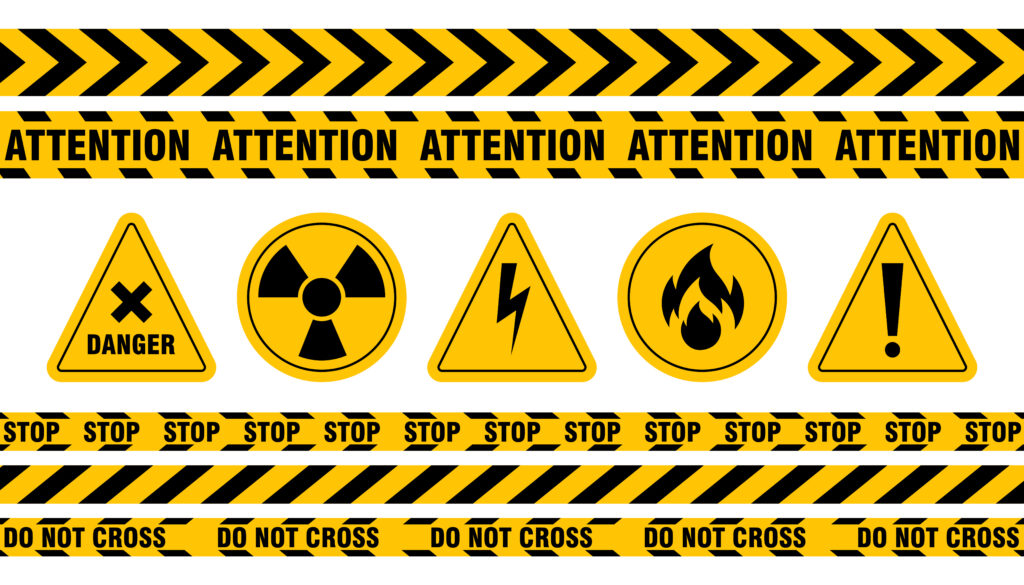
Types of Risks In Construction
Construction labor involves a lot of risks. The most typical kinds of dangers that can be found on building sites are listed below.
-Environmental Or Acts Of Gods Risk
The environmental risk, sometimes known as an Act of God, is the risk of natural disasters, including floods, earthquakes, landslides, wind damage, and epidemics.
-Financial & Economic Risk
A few risks include investment risk, inflation, a shortage of funds, changes in exchange rates, the tax system, or agreements about sand and stone royalties. Cost and schedule overruns may also have an effect.
-Socio-Political and Legal Risk
The site serves political purposes; union labor must be involved; political leadership must change; laws and regulations must be changed; import-export restrictions and procedures must be followed. Several regulatory agencies require licenses and permissions.
-Design or Technical Risk
Technical risks keep you from providing the product that your consumers demand. For instance, if essential design components are missing, the site research isn’t complete, or if you’re unsure of the resources or supplies, you have on hand. These kinds of hazards typically occur when project scope and needs change or when there are design flaws.
-Logistics Risk
Any type of risk from the perspective of the entire global supply chain may be considered. These risks include the accessibility of the transportation infrastructure and the availability of replacement components, building supplies, fuel, and labor. If you don’t take care of these logistical issues, you face the danger of severe project delays and losses. It is also referred to as the potential for harm, accidents, liabilities, losses, or any other undesirable occurrences brought on by either external or internal vulnerabilities.
-Physical Risk
Some causes include inadequate or subpar resource acquisition, a lack of materials in both quantity and quality, adverse weather, such as excessively hot or cold temperatures or heavy rain, hazardous working conditions, fire, waste, and theft.
-Contractual Risk
Poor time management, conflicting clauses in the contract, a delay in taking ownership of the property, financial problems, unexpected work or revisions that were needed, disputes and legal action, and unrecognized issues with the project site.
-Management (leadership and organizational) Risk
A complex project that was beyond the capabilities of the available resources, an insufficient communications infrastructure, poor quality control, unsatisfactory status review meetings, the inability to take prompt corrective action, and a lack of qualified/experienced members on the project team were among the risks associated with the project. Determining the hazards that already exist in your project is the first step in risk management.
You cannot take the appropriate actions to control any risks unique to your project if you do not recognize them. Because of this, it is strongly advised that you take into account every category of risk mentioned above before starting any building project.

How to identify and assess risks during the planning stage of a project
Finding all potential hazards that can influence the project is the first stage. Assessing each risk’s likelihood and effect is the next stage. Making a plan to reduce or eliminate the risks is the last phase.
Because there are so many possible hazards that could affect the project’s success, risk management is crucial for construction projects. You can create a plan to reduce or eliminate risks by recognizing and analyzing them during the planning stage. This will increase the likelihood that your building project will be completed successfully.
Some of the potential risks that can impact a construction project;
- A significant risk element for construction projects is the weather. Extreme weather can impede or stop the progress of construction projects.
- Material shortages are another danger sign. Construction may be delayed or halted if the necessary supplies are unavailable.
- A labor shortage might also affect the progress of a building project. The project will stall or slow down if there are not enough workers to complete it.
- Failures of the equipment, mishaps, and natural calamities are additional dangers.
Early detection and evaluation of these risks will allow you to create a strategy to reduce or eliminate them. This will increase the likelihood that your building project will be completed successfully.
Some ways you can mitigate or eliminate risks;
- Scheduling construction work for warmer months is one way to reduce the risk of weather-related delays.
- Ordering supplies far before they are required is another strategy to reduce the danger of material shortages.
- You can deploy temporary workers or hire workers from outside the area to reduce the danger of labor shortages.
- You can rent equipment rather than buy it to reduce the risk of equipment breakdowns.
- You can give all personnel safety training to reduce the chance of accidents.
- And finally, you can ensure your construction project lessens the danger of natural calamities.
You may help assure the successful completion of your construction project by adopting these precautions to reduce or eliminate risks.

Methods for mitigating or reducing the effects of risks on a project
Your financial objectives are crucial, as is obvious, but it’s also essential to have a plan in place in case hazards arise. Identification of potential hazards is the first stage in efficient risk management. Once those threats have been located, you and your team can devise strategies for avoiding or lessening their negative impacts.
Numerous possible risks could impact construction projects from weather-related delays to accidents on the job site. It will be much easier to avoid these hazards entirely or at least lessen their effects if you take the time to recognize and evaluate them.
All potential risks that can impact your project are considered, and your team’s capacity to reduce those risks in an efficient risk management strategy. The objective is to produce a thorough plan that will assist you in avoiding or lessening the effects of any potential dangers.
Your construction project can stay on schedule and within your budget if you take the time to create a robust risk management strategy. Many possible hazards derailing building projects can be avoided with forethought and planning. Therefore, don’t wait; begin creating your risk management plan immediately!
There are lots of different ways to approach risk management in construction projects. Some standard methods include:
– Identifying potential risks:
Finding all of the potential hazards that can have an impact on your project is the first step. Once you’ve recognized them, you can start figuring out how likely and significant they are.
– Assessing risks:
After you’ve found them, assessing the possibility and impact of prospective risks is crucial. This will assist you in prioritizing which dangers require immediate attention.
– Developing risk management strategies:
After evaluating the risks, you can devise mitigation or avoidance measures. This may entail taking steps like creating backup plans or buying insurance.
– Implementing risk management plan:
Implementing your risk management strategy is the last phase. This entails putting your risk mitigation plans into action and keeping an eye out for any potential new threats to the project.

The benefits of risk management in construction projects
Construction project managers can prevent or lessen any issues that could endanger the practical completion of their projects by methodically detecting, analyzing, and responding to risks.
Risk management can help construction project managers in several ways:
- They may be able to recognize possible issues early on and take action to prevent or lessen them.
- Preventing or reducing unforeseen costs can assist companies in maintaining budgetary management.
- Ensuring everyone is informed of potential risks and how they will be addressed can assist in increasing communication with stakeholders.
Any construction project manager’s role must include risk management. Thus, it must receive the attention required. It can mean the difference between a project’s success and a costly failure when executed correctly.
Conclusion
Any construction project must include risk management as a critical component. You can take steps to mitigate risks and lessen their influence on your project by taking the time to recognize and evaluate potential risks. By incorporating a risk management strategy into your workflow, you can ensure that your project stays on course and is completed on time. Contact us immediately if you want to learn more about risk management or need assistance creating a plan tailored to your requirements. Your next building project might be successful with the aid of our team of professionals, who are standing by.

